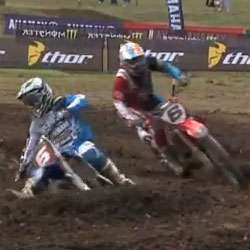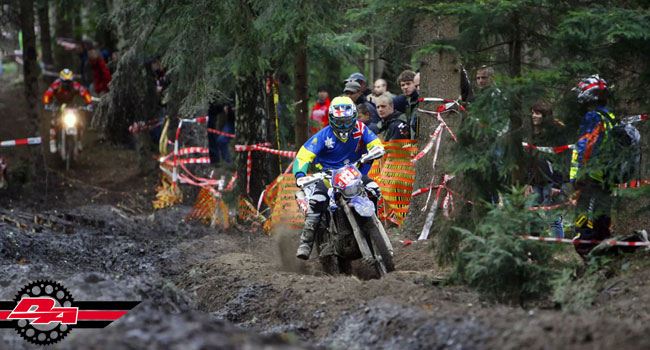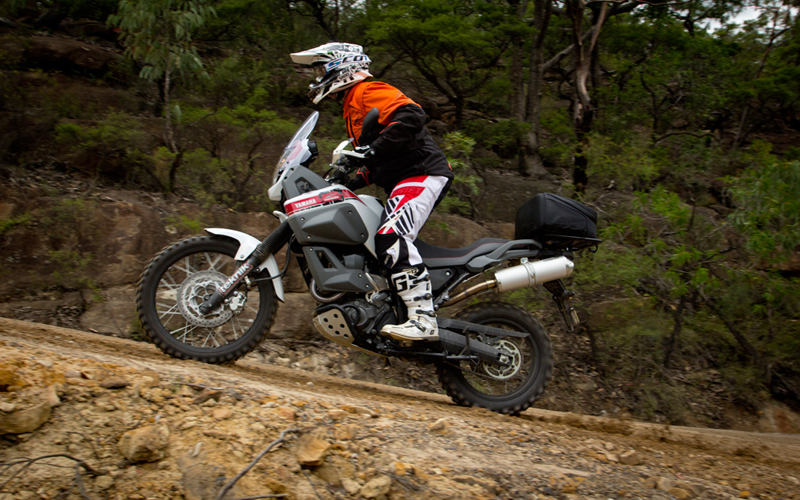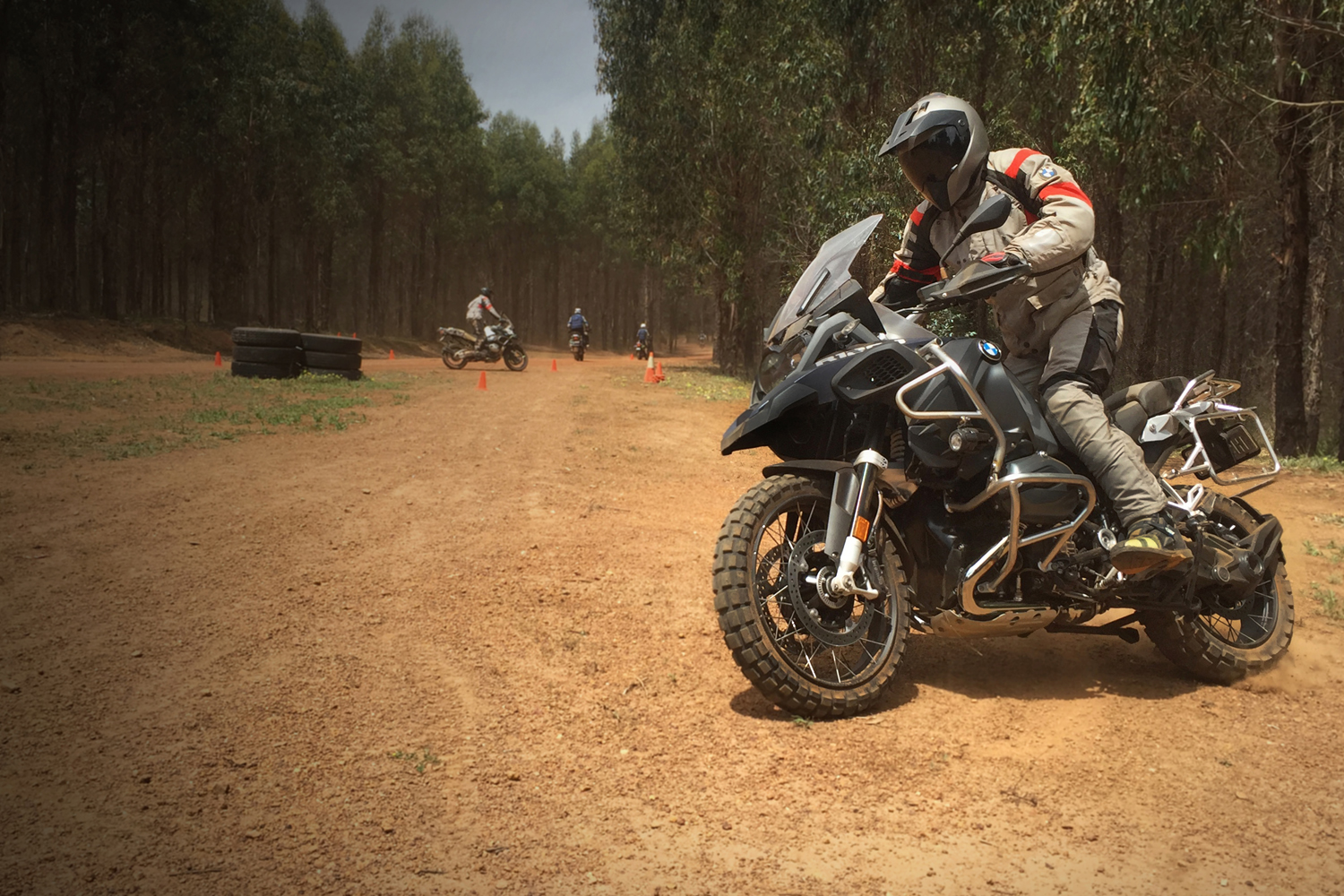
A great skills exercise that you’ll find comes in very handy
Story Shane Booth | Photography Matt Bernard
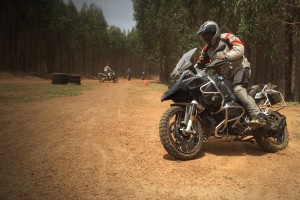
A rear-brake slide is something not even considered by many adventure bike riders. It’s a scary thought having the rear wheel sliding around beside you but only if you’re not used to it and it’s not controlled. Practising rear-brake slides will help you become much more comfortable with some of the movements the bike may make when you’re off road. It’s a very handy skill to have for changing direction and turning the bike in a tight area and will also allow you to square the bike up for different obstacles like logs and ledges. You’ll become more confident with the rear brake and also learn where to place your bodyweight not only to start the slide but also to control it.
Electronics
For this to work you’ll need ABS deactivated on the rear wheel. For most bikes, that will mean deactivating ABS completely or selecting enduro pro mode on the BMW R 1200 GS, as we’ve done here. Just make sure you can lock the rear wheel up or this won’t work.
Straight to Start
To get a feel for it and build confidence, you need to start with a straight-line skid. Ride along at a moderate speed, pull the clutch all the way in so the bike doesn’t stall and press down firmly on the rear brake pedal. You should feel the rear wheel lock; just carry it for a short distance and then release the rear brake. Practise this until you get a good feel for the skid and build some confidence.
Start to Turn
Now it’s time to get the bike to change direction. Maintaining the same speed as you’ve been doing, pull the clutch in and begin the rear-wheel skid. We’ll go left first, so add weight to the inside or left footpeg to get the rear of the bike to slide out to your right. As this happens, keep the front wheel in line with the bike — essentially, you’ll be steering it to the left. As the slide finishes, release the clutch smoothly and ride away in a direction different from where you started. It’s important not to correct the slide and continue riding in the direction you started; you want to bring the steering around with the slide so you get the change of direction you’re after. Start small with the slides, add a small amount of weight to begin with and build as you develop a feel for the slides.
Read the Surface
Practising this exercise will have you learning about traction very quickly. The amount of grip available will drastically change how quickly the bike responds to the slide. A slick surface will take very little weight on the inside footpeg to bring about a change of direction, while a grippy surface will require much more. Practise on as many surfaces as you can to learn and expand your experience. If you’re unsure, a small straight-line rear-brake skid is also a great way to test the amount of traction available.
Reactivate ABS
Once you’ve finished practising this exercise, remember to return your electronics to your regular riding settings. If you’ve switched ABS off and usually ride with it on, be sure to reactivate it; it’s also not a bad idea to do a little slow-speed test so you’re sure it’s back in action.

